What/who inspired the work?
I was inspired by the book Fluxus, a collective portrait of George Maciunas, 1931-1978, which described his nonconventional ideas of the artistic movement. In many of Fluxus events, the public was not only a spectator but also an active participant, becoming co-authors of the presentation. Additionally, the work Les Aveugles by the French artist Sophie Calle, a series of photographs of blind people accompanied by their answers to the question "What is beauty?", also inspired this section.
What do you hope your viewers will feel/think?
I anticipate that the viewers will understand that this section serves as a physical space for the encounter, visualization, and generation of opinions pertaining to the displayed works. Additionally, I hope that they recognize the interchange of roles that this section engenders, such as the urn that transforms into a museum, the artist who transforms into a voter, the work that transforms into a vote, the director who transforms into a photographer, the visitor who transforms into an interviewee, and later, the work of art. This succession of displacements constitutes an online "guestbook" that allows for anyone to have access to it, any time.
Why did you choose the medium, the matter, the style?
The Davis Museum's various sections have all been created using digital media, with their respective documents and formats published on different websites or social media platforms. For the Polling Section, I chose to publish its "guestbook" on an Instagram profile. As the main subject, I chose to feature the portrait of the visitor in order to dignify and humanize the museum experience. I chose a direct, casual, and spontaneous style for these photographs.
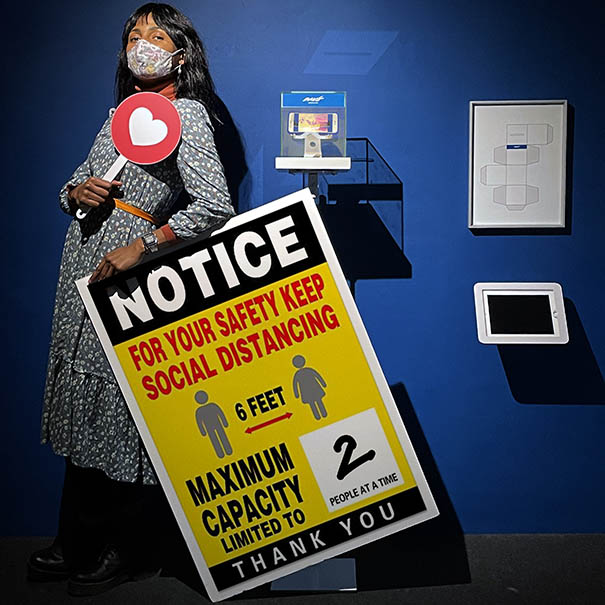
HEART
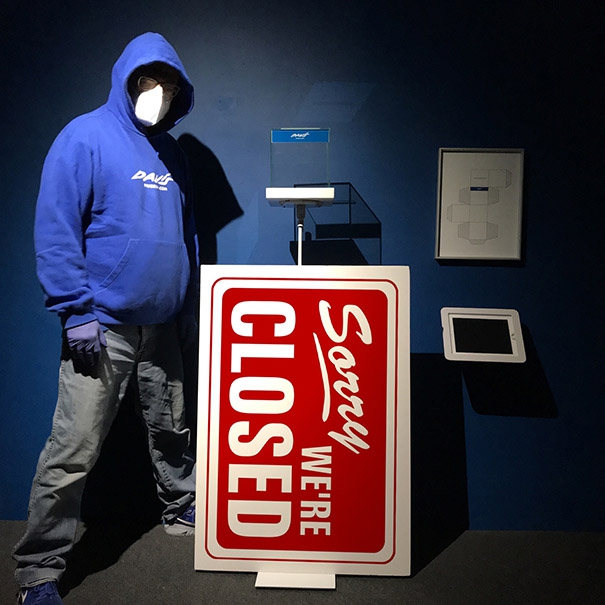
NO EMOJI
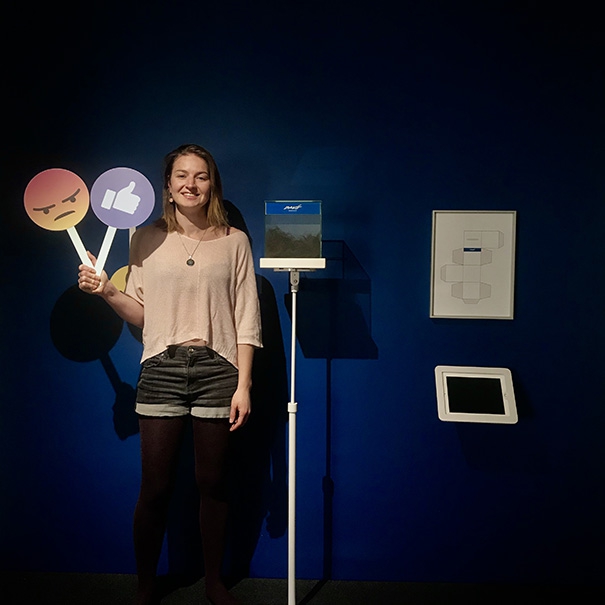
Question: What does the pelo, orgasmo y jersey de cuello alto by Yapci Ramos mean to you?
Answer: I like this current subject: it is about the sexual liberation of women. What bothers me is the neutrality with which the artist is presented in the video and the work. There is something very self-centered and narcissistic and that bothers me. I prefer works that take other people into account. If I knew other of her works, perhaps I could perceive if her intention is narcissistic or feminist. It is very easy to use a social taboo to show yourself.
ANGRY EMOJI | LIKE EMOJI
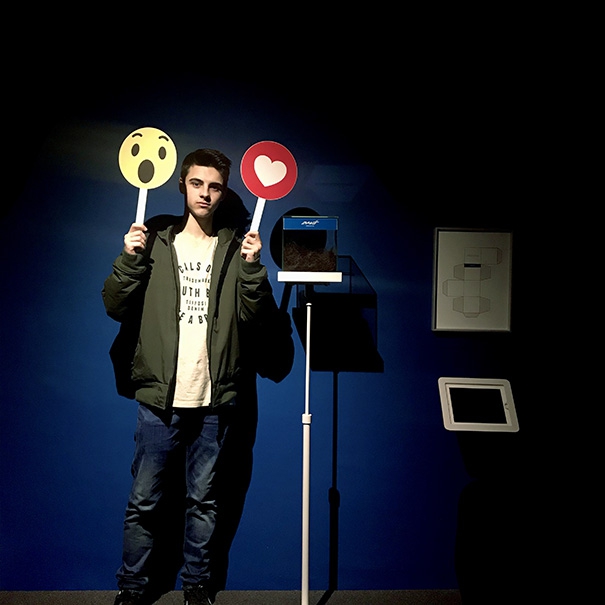
Question: What does the pelo, orgasmo y jersey de cuello alto by Yapci Ramos mean to you?
Answer: It is a serious work of art, but the video is over very soon. I've just realized what has happened in three minutes. At first it seemed that it would take a long time, but it was not. I think that the center of work is the facial expression of the artist.
SURPRISE EMOJI | HEART EMOJI
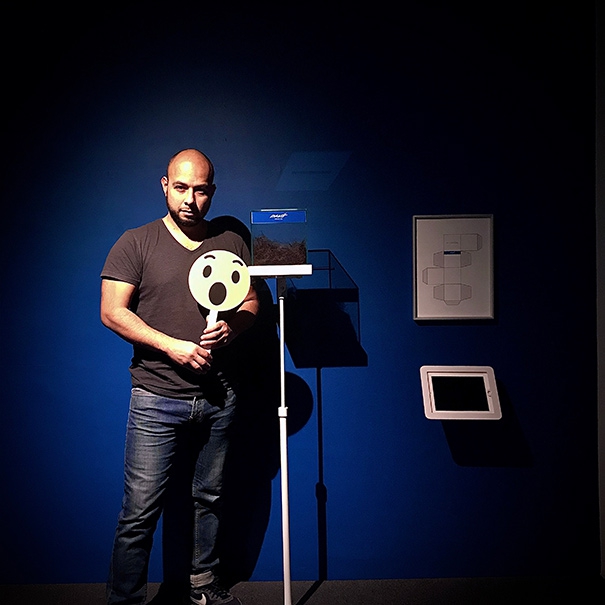
Answer: Although this type of art is foreign to me, the vision of this video gives me a sense of strangeness. I lose myself in the objective proposed by the artist - if she was looking for one - and I try to find a logical explanation.
WOW | SURPRISE FACE EMOJI
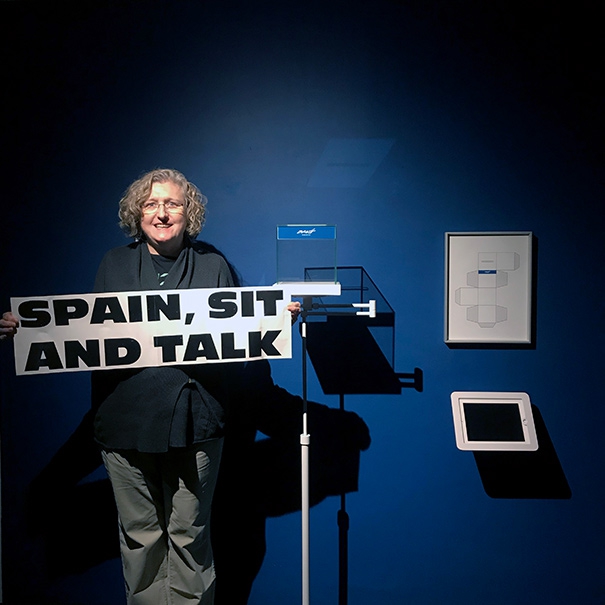
Question: What does the Davis Museum by Davis Lisboa mean to you? Answer: Spain, sit and talk.
SPAIN, SIT AND TALK
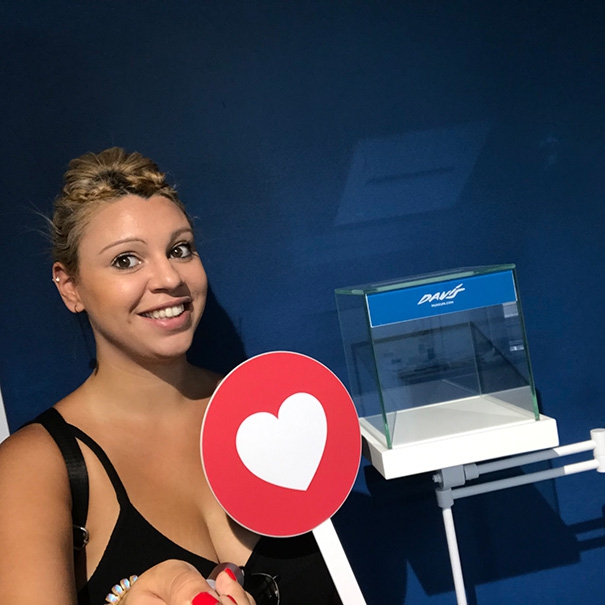
Question: What does the Davis Museum by Davis Lisboa mean to you? Answer:Love, beating heart.
LOVE | BEATING HEART EMOJI
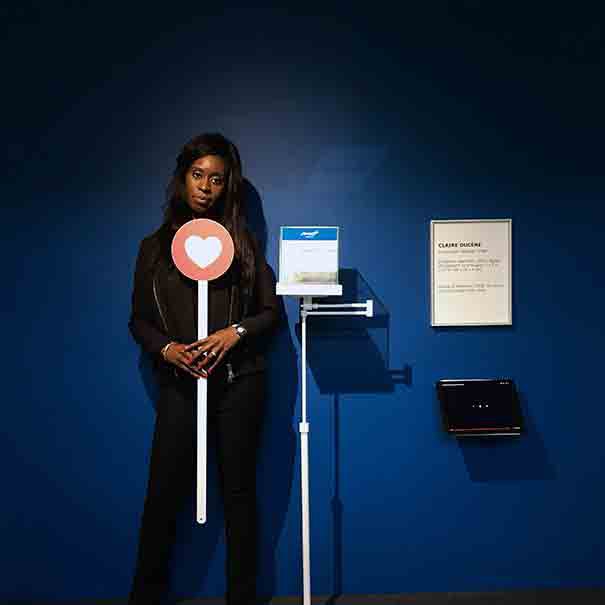
Question: What does Imaginary Museum by Claire Ducène mean to you? Answer: Palace of Memories means to me "la croisée des chemins"
LOVE | BEATING HEART EMOJI
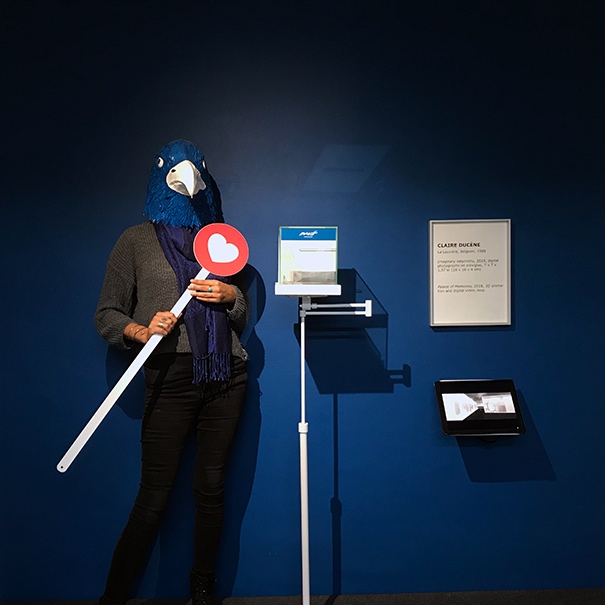
Question: What does Imaginary Museum by Claire Ducène mean to you? Answer: Palace of Memories means to me how to deal with life.
LOVE | BEATING HEART EMOJI
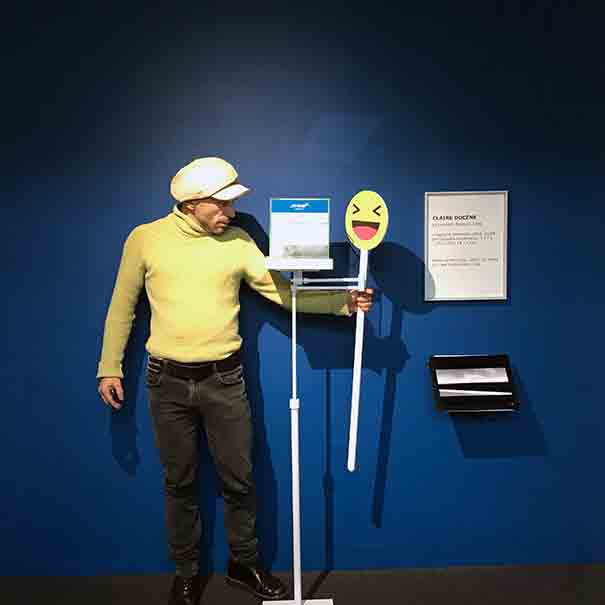
Question: What does Imaginary Museum by Claire Ducène mean to you? Answer:
HAHA | LAUGHING FACE EMOJI
